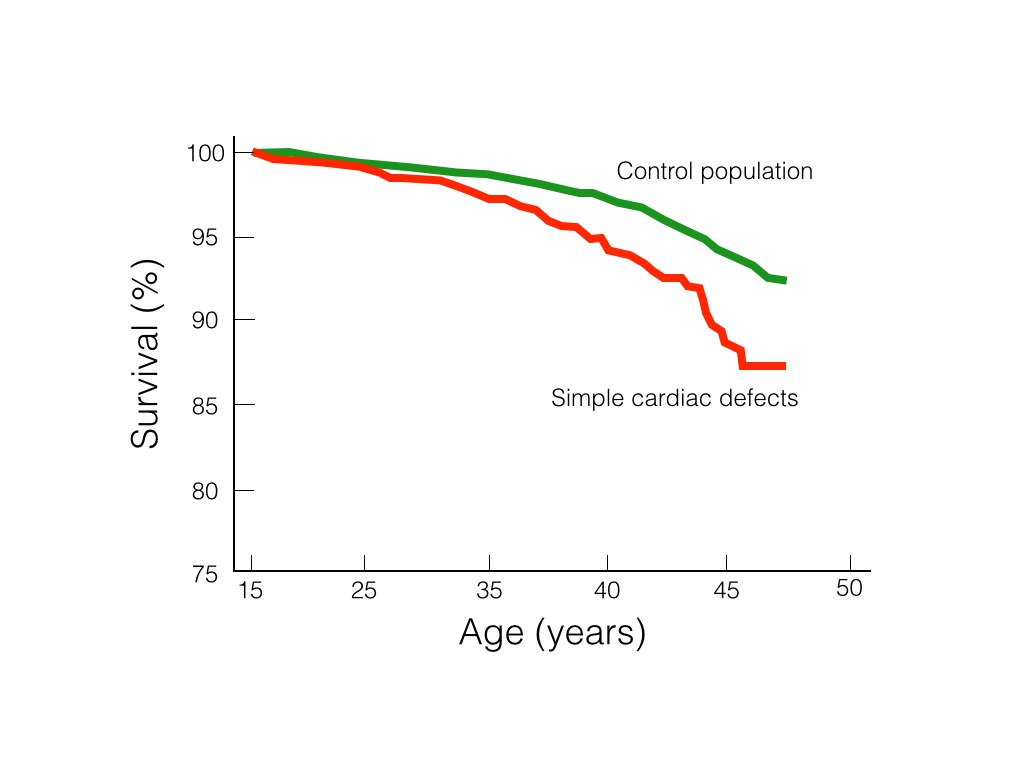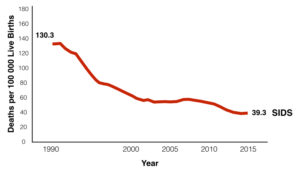Nearly 1 in 100 children is born with a congenital heart defect (CHD). Fortunately, only a minority of children have defects which require treatment over the course of their life. The remainder will only need regular medical follow-up. The absence of systematic and accurate long term follow-up data for these children and the assumption that these defects are not haemodynamically significant has provided reassurance to the medical community and families regarding the long term outlook.
A recent study from Denmark has shown that this assumption may be unfounded. The authors followed up 1241 otherwise healthy children with simple cardiac defects for decades with the original diagnosis having been made between 1963 and 1973. Ten age and gender matched children in the general population where identified and used as a control for each patient. Over the decades some children were lost to follow-up. The type of CHS was isolated and uncomplicated mild pulmonary valve stenosis, ventricular septal defects (VSD), atrial septal defects (ASD), and patent ductus arteriosus (PDA).
The authors observed that mortality was 90% higher in children with simple cardiac defects than in the control general population and this was true in patients under follow-up as well in children lost to follow-up. The most common cause of death was sudden death and this was over 4 times higher in adults with simple CHD than in the general population. When those children became adults they also had a nearly 6 times higher risk of needing a cardiac operation or needing to be admitted to hospital because of heart related issues.
The authors rightly suggest that more work is required in designing more effective follow-up programs to improve the long term condition of these children as they became adults.





